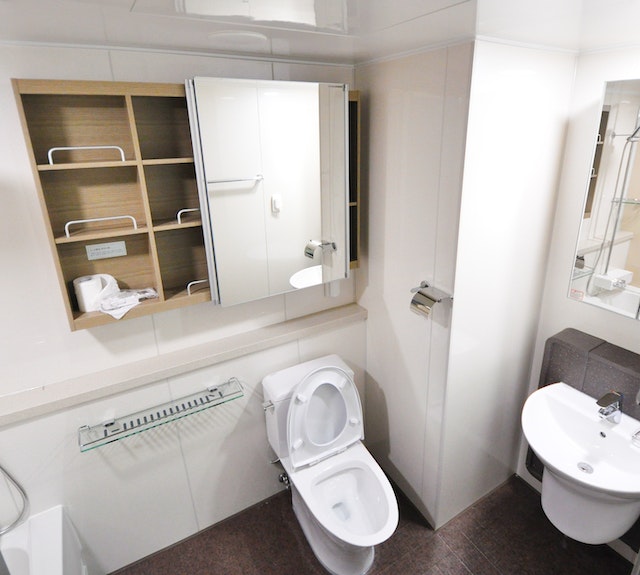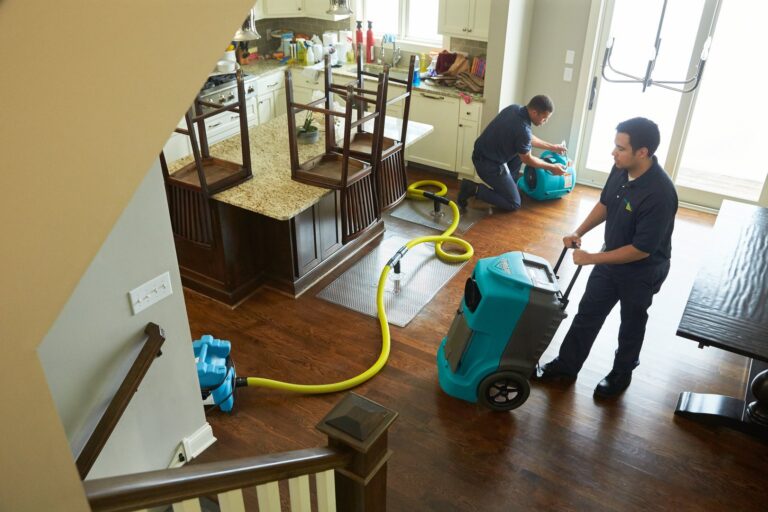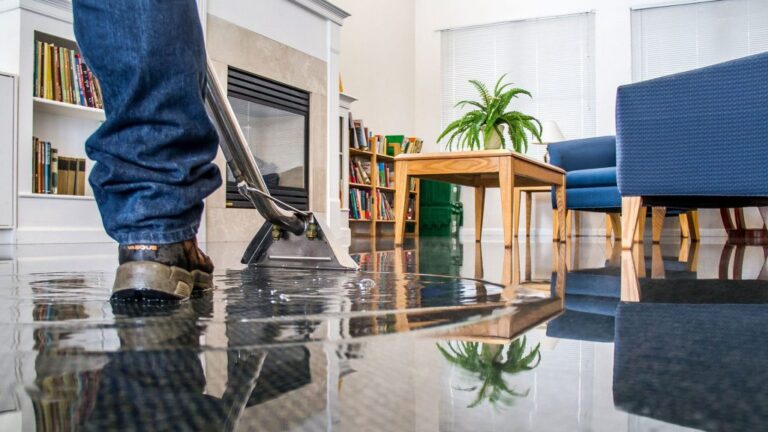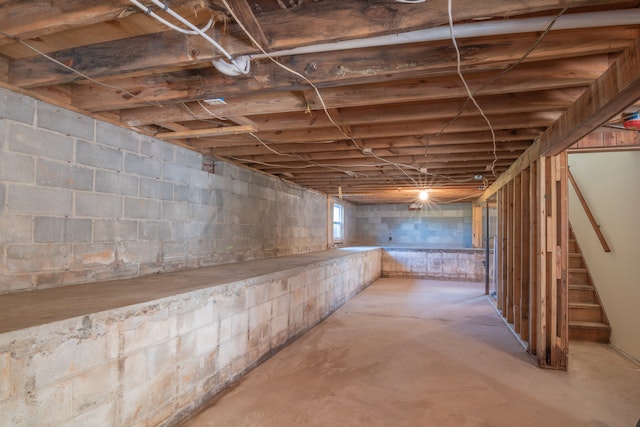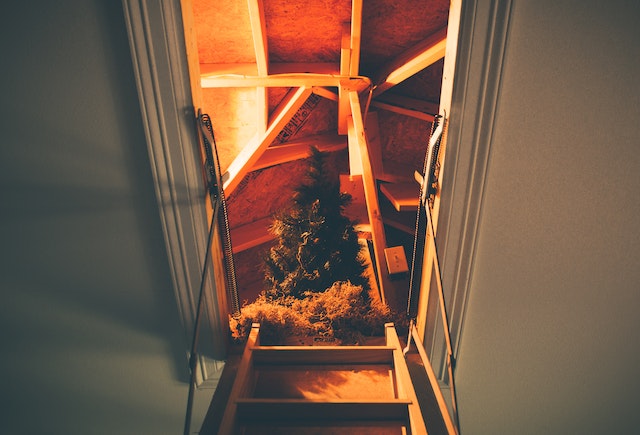Learning how to repair water-damaged wood can help you recover after experiencing water damage. Wood surfaces are especially prone to permanent water damage, requiring immediate cleanup and remediation.
Use this guide to learn everything you need to know about repairing water-damaged wood, including removing water stains and preventing dangerous mold.
How Does Water Damage Wood?
Water and wood aren’t a great combination. Because wood is a natural material, it’s prone to decay, rot, and even mold. High moisture levels and water damage can ruin wooden furniture beyond repair.
Any leftover water can also leave behind watermarks on wooden furniture. In some cases, water may even corrode or lift materials, making water-damaged furniture unsafe.
How a wood surface reacts to water depends on the type and the amount of water.
How To Repair Water-Damaged Wood Furniture, Floors, and Surfaces
Here are a few steps to fix water damage and remove water stains from your wood finishing or furnishings:
Contact a Water Damage Remediation Professional
Water damage can wreak havoc on any wood surface it comes into contact with, making the expertise of a water damage remediation company a valuable asset.
A water restoration company can help fix water damage in your home, including identifying the cause, collecting repair quotes, and assisting with filing an insurance claim. Cleaning up after a flood can be overwhelming, but a restoration company can make it easier.
Remove Excess Water
Leaving behind excess water for too long can cause even more harm to your items. Eventually, in addition to the damage caused, you’ll have to deal with mildew or mold growth and wood rot. A water stain can also affect the appearance of your home’s molding or furnishings.
Dry the Room and Furniture
High humidity levels damage furnishings and allow spores and other bacteria to thrive. Fully dry out the flooded room using a wet/dry vacuum. Allow fans to circulate air throughout the area. Leave all windows and doors open. A dehumidifier can also help remove excess moisture from the room.
All wood furniture should be dried for at least 24 hours before attempting any repair methods.
Remove Rotting Wood
Wood rots after being exposed to water. Carefully remove any signs of rot before attempting to salvage your household belongings.
Check for Signs of Mold
Once all traces of damage are removed, you’ll want to check for signs of mold. A water stain doesn’t always indicate it, but high humidity levels can. Never paint over a surface to fix water damage, as this won’t stop it from growing. If your furniture displays any signs of mold, there may be more in your home. Contact a mold remediation company to begin remediating and removing all traces of mold as quickly as possible.
Stain or Repaint
Once you remove all damaged wood and determine that contaminants aren’t a problem, you can sand down the wood and stain or paint it. You may need to also make repairs to the damaged wood.
Use wood glue to fix split or cracked wood. You can also use wood glue to fill in any holes. A wood veneer may rise in wet conditions and get into the glue joint.
Water-Damaged Wooden Furniture Repair Techniques
Even after initial cleanup services are complete, your wood furnishings may still show signs of damage. Here are a few repair techniques to consider:
Contact a Restoration Professional
Not only do restoration professionals have the tools and knowledge you need to effectively remove all water from your home after a flood, but they also can assist with restoration. Specialized equipment and a fast response time help salvage more of your belongings, including your wooden furniture.
Be careful about unproven DIY techniques. For example, some people swear that cigarette ash is useful in removing unsightly spots from wooden furniture.
However, the use of cigarette ash can also lead to permanent damage to the wood’s surface. When it’s time to fix water damage in the home, it’s best to leave it to the professionals.
Sand the Wood Furniture To a Smooth Finish
If you fix water-damaged wood furnishings promptly, you may be able to remove the outer damaged layer. Strip and sand techniques involve removing the wood’s finish to get rid of water stains. You can use a putty knife or sandpaper to sand down the wood until it is smooth.
Heat the Stain Using the Clothes Iron Method
You can use a clothes iron to remove excess water from the wood materials. Ensure all water is removed from the iron before using it, then turn it to the highest setting possible.
Use cotton or a clean cloth as a barrier and place it over the damaged wood. Then, put the iron over the water stains for a few seconds until it dissolves.
Pull Moisture Out Using a Jar of Mayonnaise
A mayonnaise jar may also come in handy when repairing water-damaged wooden furniture. Mayonnaise is made with oil, which does an excellent job of removing excessive moisture. If you’re not a mayonnaise household, you can swap out this ingredient for a few drops of petroleum jelly, which you’ll apply directly to the surface.
Water Damage in Your Home? Contact a Tennessee Restoration Professional Today
Even the smallest leak can wreak havoc on your home. It can cause extensive water damage and even mold growth. Once the water is removed from your home, the surface of your wooden furniture may be left with unsightly water stains.
Calling in a professional at the first signs of water damage minimizes the impact on your home and furniture. The sooner you call in Nashville Water Damage Restoration, the better your chance of restoring your wood furniture and materials within the home.



